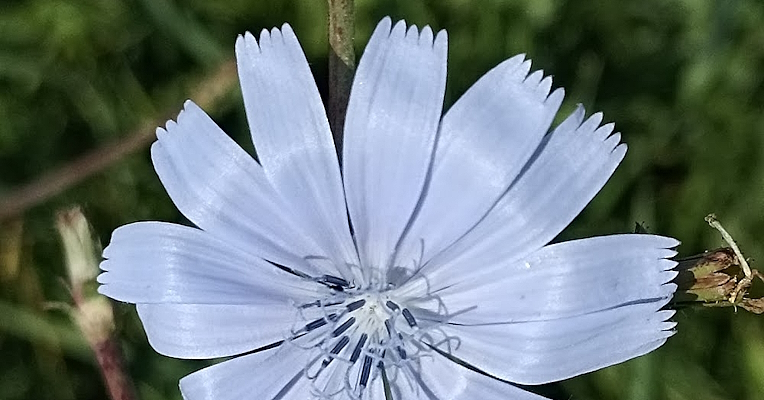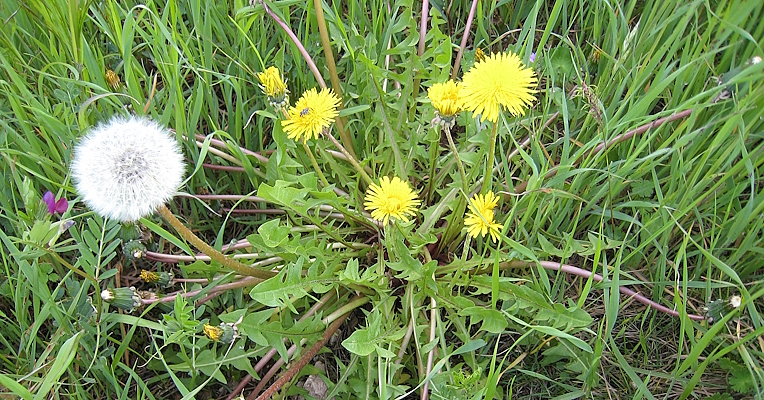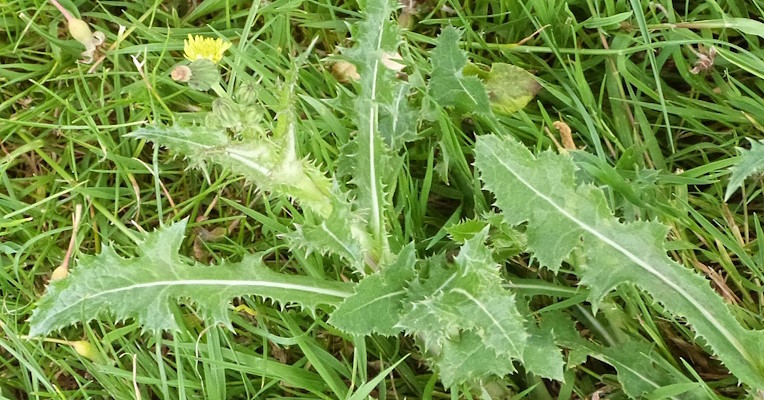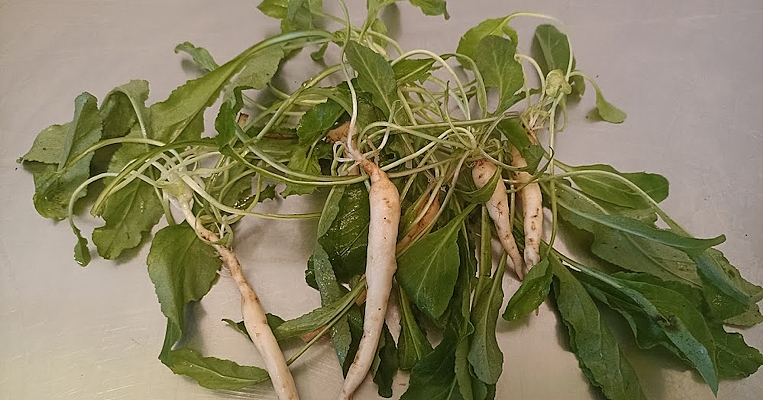Table ready with nature - Table ready with nature

Chicory
Chicory (Cichorium intybus) is a wild herb whose small blue flowers bloom from summer onwards. For shepherds, it serves as a natural clock: when its flowers start to close in the afternoon, it's time to milk the grazing animals. Chicory grows in low mountains and adapts to various environments, from the edges of paths to wastelands, from meadows to urban areas. This herb has been used for medicinal purposes for thousands of years, as evidenced by the Egyptian Ebers papyrus, dating back almost four thousand years. The Greeks and Romans also knew of its therapeutic properties, with Galen considering it beneficial for the liver and Pliny praising its refreshing properties. Excellent sautéed, but can be used in many other recipes.

Dandelion
With its bright yellow flowers, dandelion (Taraxacum officinale), also commonly known as “lion’s tooth” or “puffball”, is known for its characteristic white sphere shape at the end of the inflorescence, which is blown to make a wish. This perennial herbaceous plant has been known for its medicinal properties since ancient times; the Greek name “taraxakos” means “I heal”. It is rich in proteins, vitamins, carbohydrates, and minerals, and among its many healing properties, the diuretic one stands out due to the high potassium content in its roots and leaves. Additionally, the presence of taraxacin facilitates and improves digestion. This herb is not only healing but also excellent for making numerous dishes such as risottos and omelets, or simply enjoyed boiled or in salads. It is a versatile plant: depending on the recipe, you can use the leaves, flowers, and even the roots.

Sow thistle
Soft and spongy, sow thistle (Sonchus asper), also known as “crespigno”, is a wild plant that can grow in wastelands, among olive groves, vineyards, as well as along roadsides and urban areas. Known since ancient times, its name dates back to Theophrastus, a Greek botanist who lived between the 3rd and 2nd centuries BC, and is mentioned by Pliny the Elder in his work Natural History: Theseus, before entering the labyrinth to kill the Minotaur, nourished himself with a dish of common sow thistle prepared by Hecate.
Similar to dandelion, sow thistle was used in monasteries for its purifying and diuretic properties and is particularly appreciated for its beneficial effect on facial skin. This plant is also attributed anti-inflammatory, toning, and antifebrile properties. It is also widely used in cooking for various recipes.

Rampion
Rampion (Campanula rapunculus), also known as “raperonzolo” or “raponzolo”, is part of the Campanulaceae family. Its name derives from the bell shape of its blue or lilac flowers. Typically, the seeds germinate in early autumn, and the plant can withstand very cold winters, even down to -13 °C. Rampion often grows in olive groves up to an altitude of 1200 meters, but it can also be cultivated in one’s garden, provided the soil is fresh and not too exposed to the sun. Thanks to its components, such as minerals, vitamin C, and proteins, it has antiseptic and refreshing properties. The roots are particularly rich in inulin, which helps regulate blood sugar levels and improves lipid metabolism. It can be eaten both raw and cooked, and every part of it, from the soft leaves to the root, is edible.

























